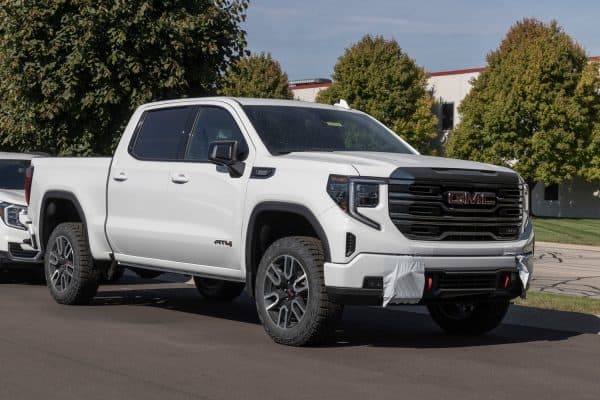Are you wondering what’s the difference between the truck Hemi and the car Hemi? Wonder no more, for we have researched this question, and we have the answer for you.
The Hemi inside the Dodge Charger and Dodge Challenger from year models 2015 to the present can produce 485 horsepower and 475 lb-ft of torque.
On the other hand, the Hemi inside the Ram 2500 and Ram 3500 trucks from year models 2014 to the present can only produce 410 horsepower and 429 lb-ft of torque.
Let’s talk more about the other differences between the two types of Hemi in the succeeding sections. Learn about the similarities between the two types of engines in the sections below.
Read on!
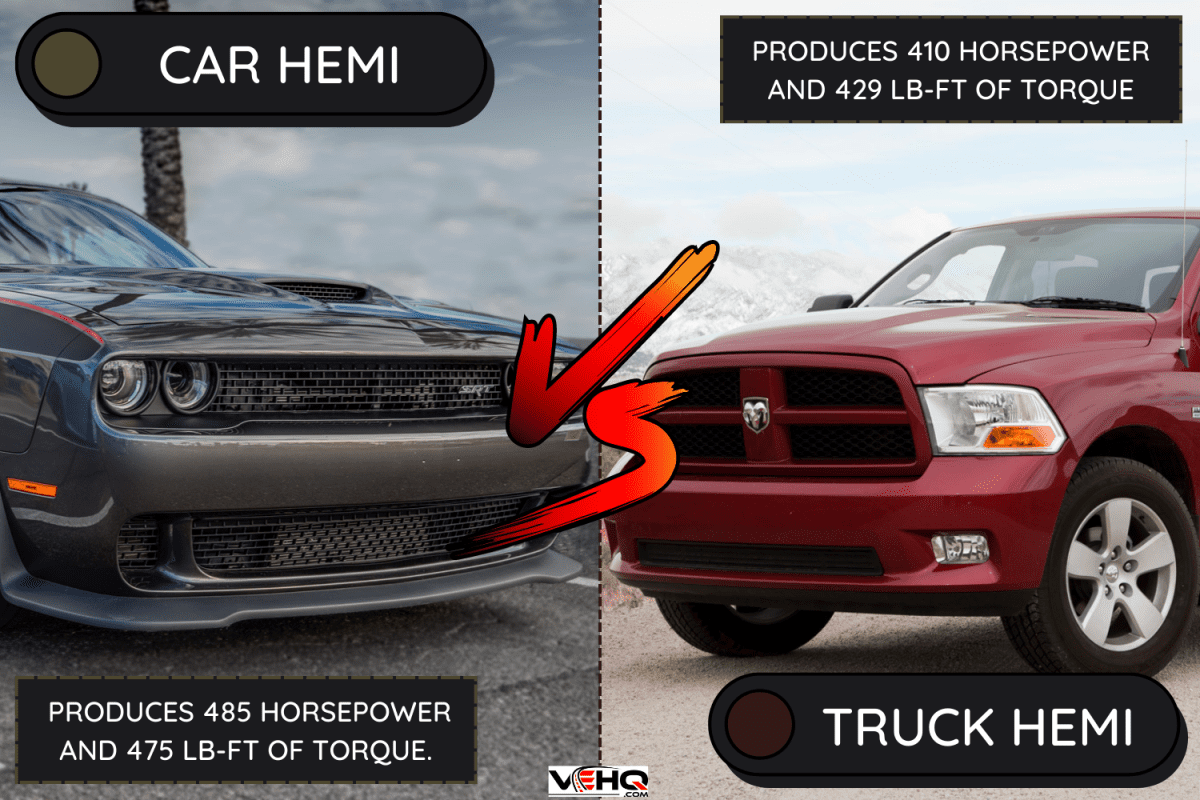
What is a Hemi engine?
The Hemi engine is the trademark name of a series of V8 engines by Chrysler.
It is an efficient engine that uses a hemispherical cylinder head—hence its name. The shape of the cylinder head helps minimize heat loss inside the combustion chamber.
The current version of Hemi engines belongs to the third generation of Chrysler Hemi engines. Chrysler introduced the third generation in 2003, with the biggest change in the history of Chrysler’s Hemi engine.
Modern engine technology creates engines that are more powerful yet fuel-efficient. To achieve both of these in a Hemi engine, Chrysler had to remove what makes a Hemi engine a Hemi.
The third generation of Chrysler Hemi engines is Hemi only in name because they no longer have the signature hemispherical head of a Hemi engine.
Despite this change, the new Hemi engine now powers many of Chrysler’s popular car models. These models range from performance cars like the Dodge Challenger and the Dodge Charger to SUVs like the Jeep Grand Cherokee, Chrysler Aspen, and Dodge Durango, all the way to RAM 1500 and the RAM 2500.
Third Generation 5.7L Hemi
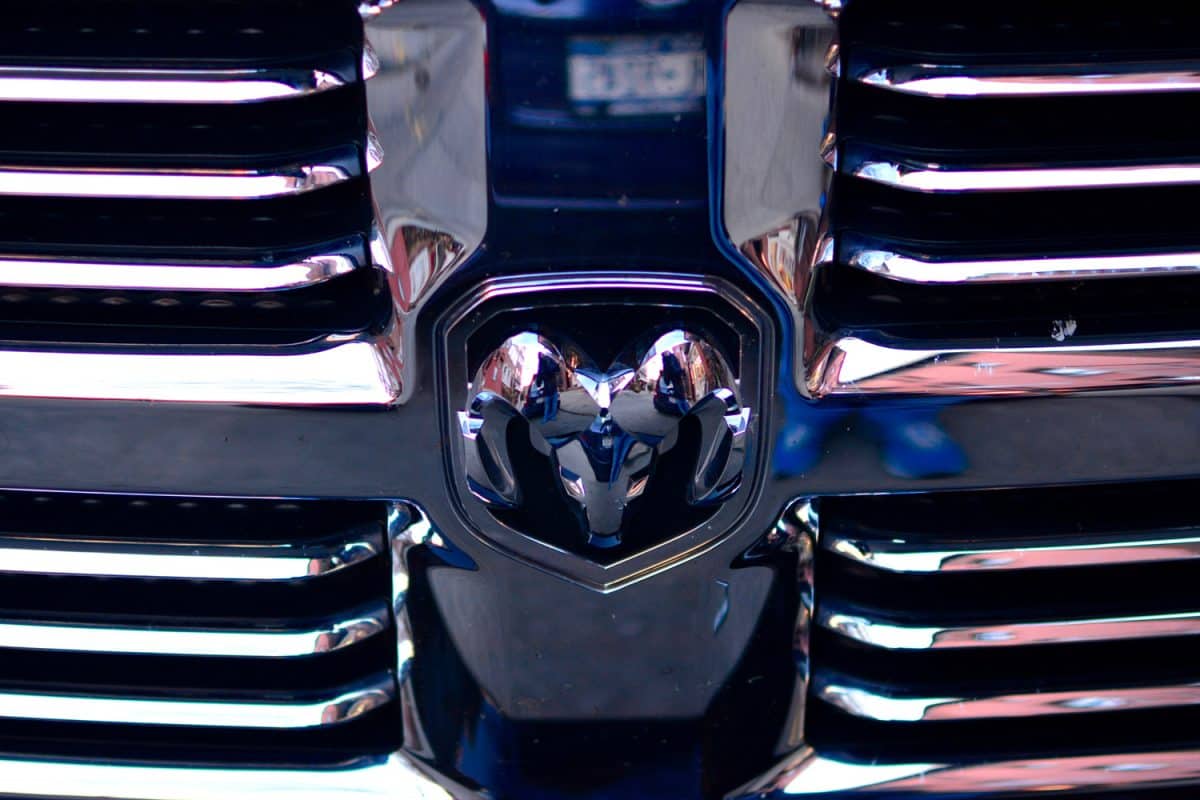
The 5.7L Hemi engine of the third generation first came out in 2003 in Dodge Ram 1500, Dodge Ram 2500, and Dodge Ram 3500. It was the replacement engine for the 5.9L Magnum engine in these trucks.
The Magnum family of engines can no longer meet the stricter emissions requirements during that period.
The 5.7L Hemi can produce 345 horsepower in the Ram trucks and 335 horsepower in the SUV models like Durango and Aspen. The 5.7L Hemi engine block is the same for both the truck and car versions.
They are both painted black. They both use the same bell house bolt pattern for the transmission. This means that they are compatible with most transmissions that Chrysler uses with their small block engines.
The cylinder heads are also the same for both. What you need to watch out for is that the early versions have different left and right cylinder heads. Look out for the casting numbers to tell them apart.
The intake manifold is different for the 5.7L truck Hemi and the car Hemi. This means that the location of the throttle body will also be different in these two. The Hemi that SUVs use normally follows the configuration of the car Hemi.
2009 5.7L Hemi Refresh
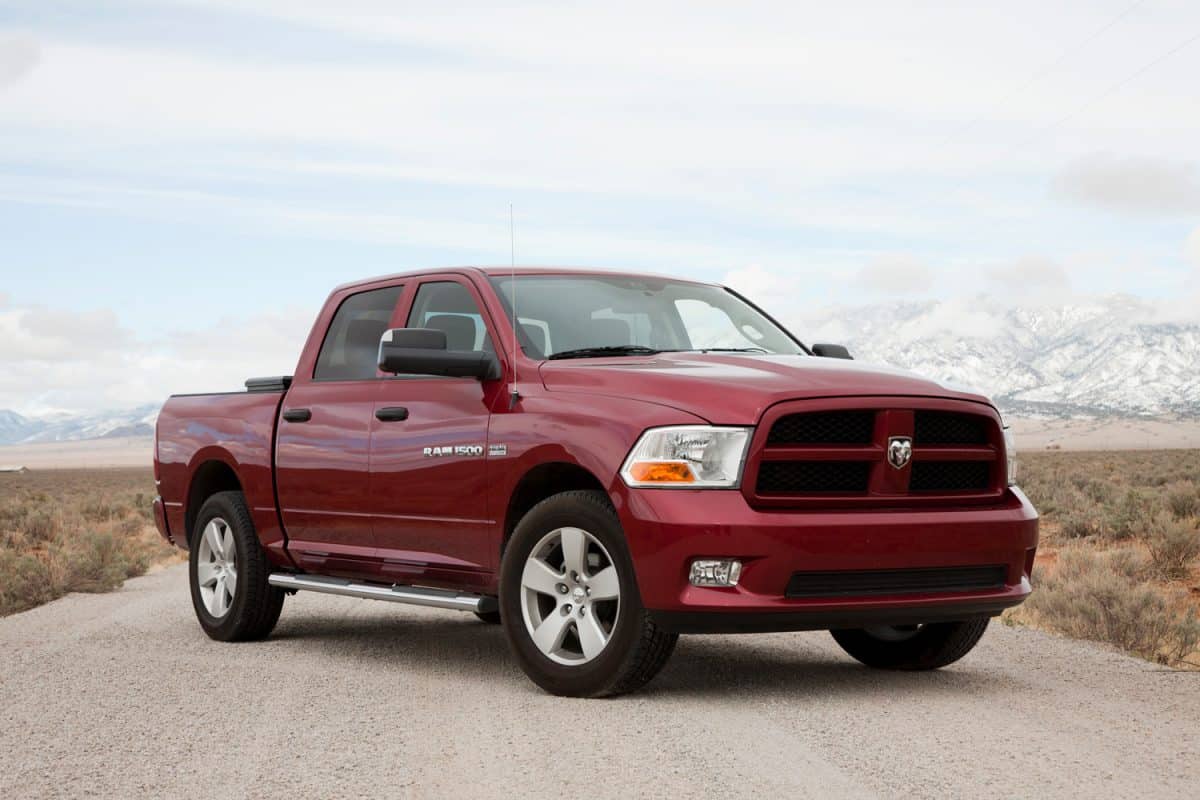
The 2009 refresh of the 5.7L Hemi includes a new engine block. The new version also includes a VCT or a variable cam timing.
A variable camshaft timing is a version of a variable valve timing that was developed by Ford. It directs high-pressure engine oil into the camshaft phaser cavity using hydraulic valves.
The VCT changes the timing of the camshaft while the engine is running to improve fuel efficiency and power output. The crankshaft is also different from the older 5.7L versions.
This version also uses the MDS or Multi-Displacement System.
Third Generation 6.1L Hemi
The 6.1L Hemi engine can produce up to 425 horsepower in the Challenger SRT8, the Charger SRT8, and the Chrysler 300C SRT8. On the other hand, it can produce up to 420 horsepower in the Jeep Grand Cherokee.
The 6.1L Hemi requires premium fuel to achieve the best performance. This is due to the higher compression ratio of 10.2:1.
The new engine block for the 6.1L Hemi is painted orange to make it easier to distinguish from the 5.7L version in the assembly plants.
You can find this version of the Hemi in performance cars and SUVs only. This is one major difference between a truck Hemi and a car Hemi.
This version of the Hemi does not have the MDS feature.
Third Generation 6.4L Hemi
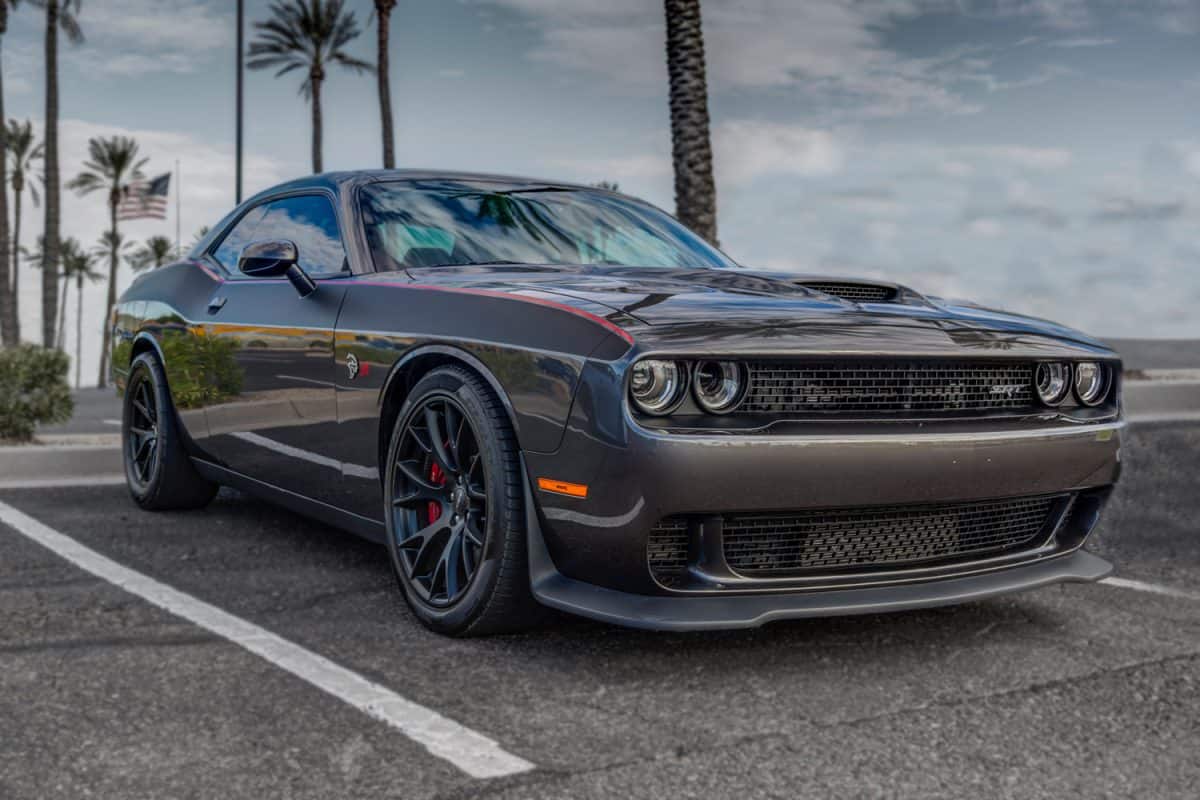
The 6.4L Hemi is a replacement engine for the performance cars that originally had the 6.1L engine. Being a replacement engine means that production cars cannot have this engine coming from the factory. You can only get it as a crate engine or a replacement engine.
It first became available in 2007.
The 2011 Dodge Challenger SRT8 is the first production car that came out with the production version of this engine. The engine came with MDS and VCT.
From the 2014 model year up to the present Ram 2500 and 3500 trucks have a 6.4L Hemi. This version has a better fuel economy and a better hauling/towing power band.
This version is different from the 6.4L Hemi in performance cars. The 6.4L Hemi in cars focuses on horsepower for better performance.
The truck version is also available in the Cab Chassis models of Ram 3500, Ram 4500, and Ram 5500. It will replace the 5.7L as the standard engine for all Cab Chassis models starting in 2016.
The truck version will later have a thicker engine block to improve the durability of the engine. These blocks have the letters “BGE” or “BG” cast on the block. “BGE” stands for “big gas engine.”
The car version will soon adapt to the thicker engine block beginning with the 2017 model year.
The truck version's intake manifold is different from the car version, just like in the 5.7L Hemi. The truck version also uses a Hypereutectic piston that has oil squirters that help reduce heat.
The exhaust manifold of the truck version is cast iron. This design is more restrictive than the tubular design that you will find on the car version.
The camshaft of the truck version is best for low-speed torque applications. On the other hand, the camshaft for the car version is best for high rpm and horsepower output.
Supercharged Hemi
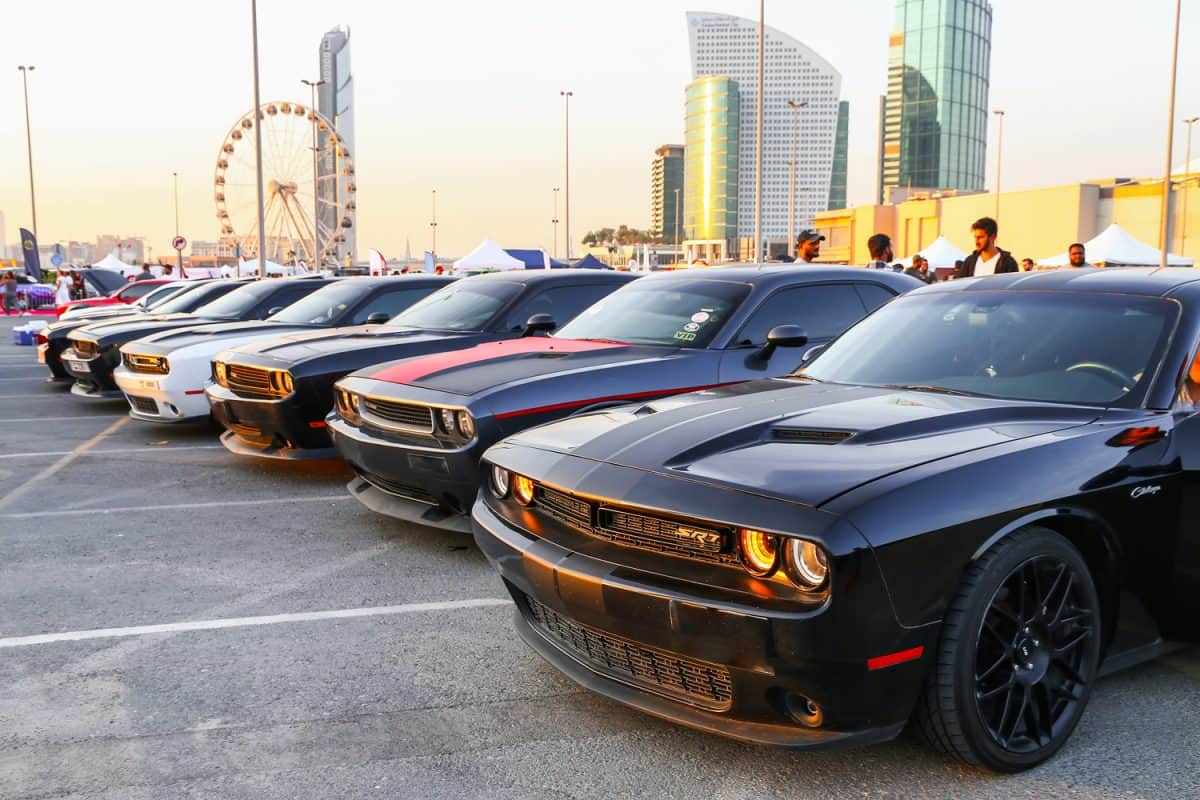
Another major difference between the car Hemi and the truck Hemi is the Hemi version that came with a supercharger that you will find only in the car versions.
The first version with a supercharger is the Hellcat. It is a 6.2L Hemi that can produce 707 horsepower. Dodge Challenger Hellcat and Dodge Charger Hellcat first came out in 2015.
It uses a 2,380 cc twin-screw supercharger.
The 2018 Dodge Challenger Demon came out in 2018. It uses the same 6.2L Hemi but with a larger twin-screw supercharger. The supercharger for the 6.2L Hemi Demon has a capacity of 2,700 cc.
The Challenger SRT Demon can produce up to 808 horsepower when loaded with 91 octane gasoline. The horsepower output goes up to 840 when loaded with 100 octane gasoline.
Conclusion
The third-generation Hemi can be found in trucks and cars. Its development includes modifications to improve its performance that are specific to the vehicle that uses it.
If you enjoyed reading this article, you might find the articles below equally enjoyable to read:

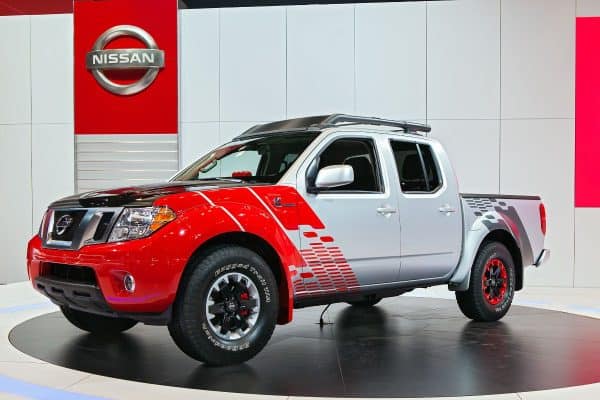
![Portrait of middle aged bearded truck driver standing by the truck and showing his commercial driver license. Focus on CDL license. Truck driving school and job openings, Do You Need A CDL To Drive A Box Truck [By State]](https://veasks.com/wp-content/uploads/2022/11/PORTRA1-600x400.jpg)
